The town of Petrich is picturesquely located at the foot of one of the most beautiful and still untouched by tourism mountains - Ograzhden and Belasitsa. The area around the southwestern town has been inhabited since ancient times, as evidenced by a number of archaeological finds, while in the Middle Ages, the fate of the First Bulgarian Kingdom was decided here.
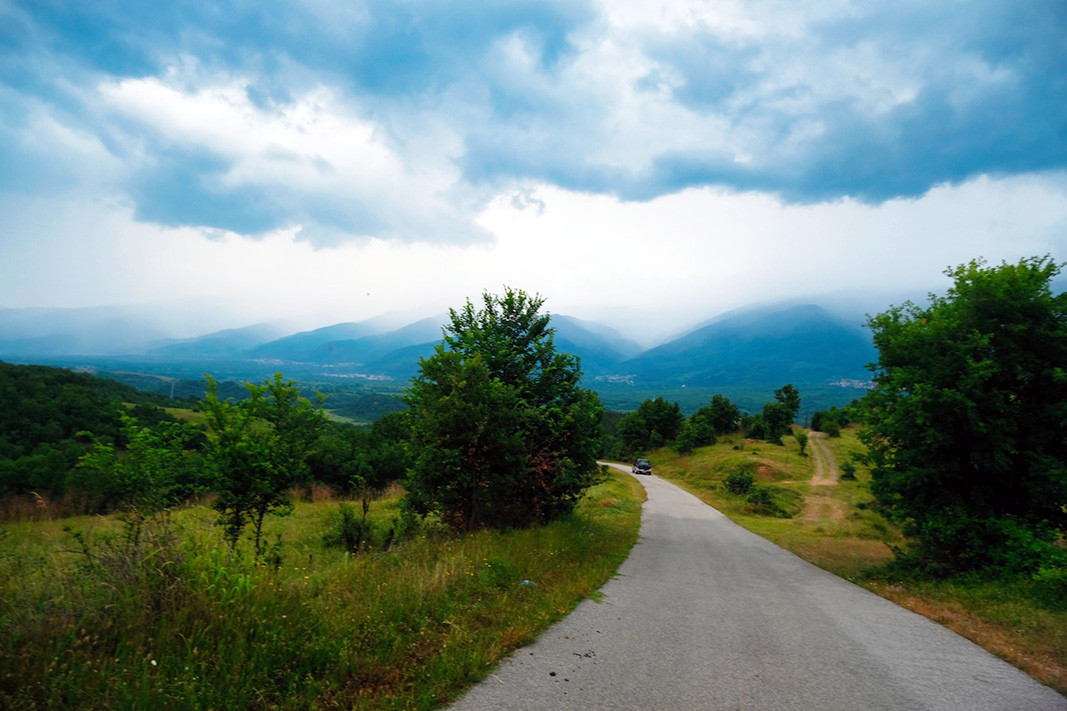
The remains of Samuel's fortress are located 15 km away from Petrich, very close to the border with North Macedonia. The fortress was built in the period 1009-1013, during the time of Tsar Samuel. The fortress is linked with one of the biggest tragedies in Bulgarian history. In 1014, during the battle near the present-day village of Klyuch, Byzantine Emperor Basil II defeated the 15,000-strong army of King Samuel and blinded the captured soldiers. At the sight of the mournful procession of blind warriors, the Bulgarian ruler suffered a heart attack and died, his contemporaries claim. Today, Samuel's fortress is a national park-museum, which is visited by both Bulgarians and guests from neighboring North Macedonia and Greece:
"The nature is great there, you can see the centuries-old sycamores and of course, get to know exactly what the fortification of Tsar Samuil looked like thanks to a model,” says Silvia Velcheva, a tour guide in the historical museum in Petrich. “The cultural and historical complex itself was opened in 1982. First you pass through a picturesque park, after which visitors can see a replica of a medieval dugout, as there were 42-43 dugouts that served as a camp for Tsar Samuel. A 5-meter bronze monument of Samuel depicting the moment when he sees his warriors, was also built in the complex. In one hand the Tsar holds a scepter, which means that Bulgaria will endure.
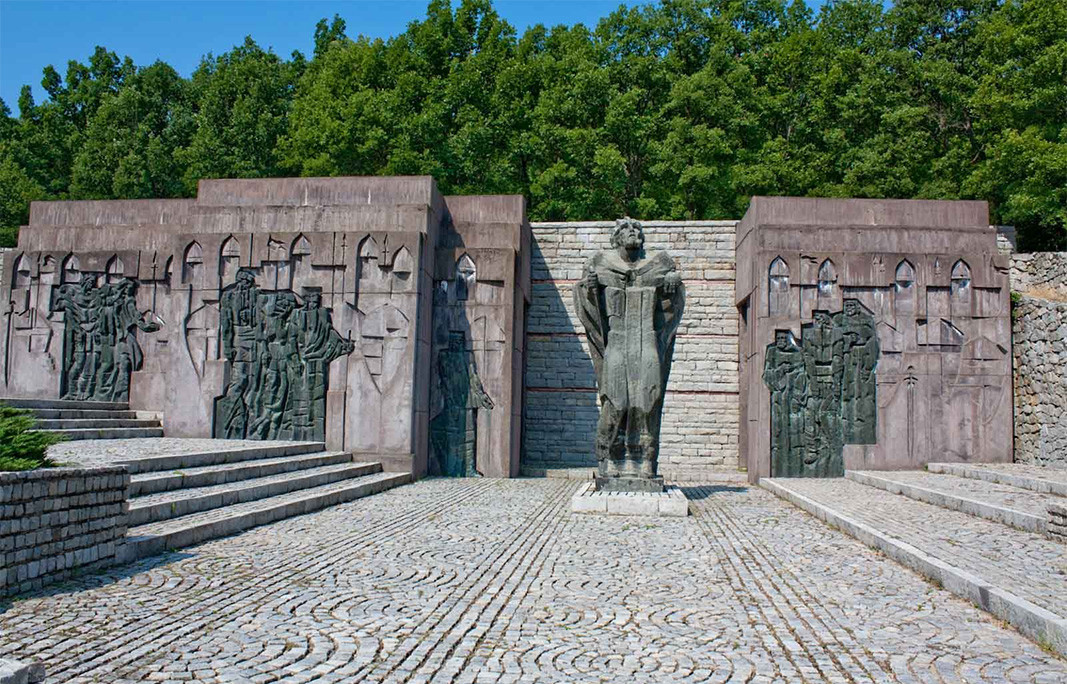
Visitors can climb the restored observation tower, from which a beautiful view of the mountains is revealed. The fortress is part of a large-scale fortification system that stretches for more than 8 km along the slopes of Belasitsa and Ograzhden."
Near Petrich, close to the area of Rupite, we come across the impressive remains of the legendary Heraclea Sintica, founded in the 4thcentury BC. The city also flourished under Macedonian and Roman rule, as an important commercial and cultural center in ancient times.
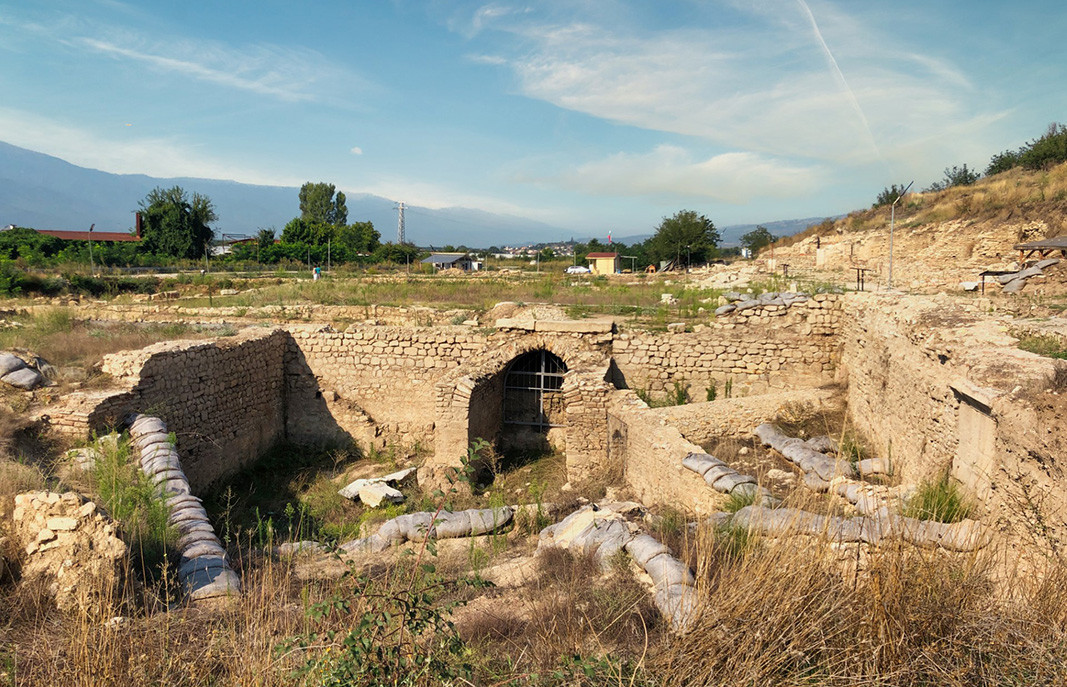
"This site is currently in the process of conservation and restoration. Heraclea Sintica is an old ancient city that was buried by two successive earthquakes. In our historical museum you can see the plaque, or rather the notarial deed, which certifies that this is really the city of Heraclea Sintica. Archaeologists had been searching for it in the territory of neighboring Greece for more than 150 years. That is why this plaque is important for our cultural heritage," Silvia Velcheva says.
At the foot of the former volcano Kozhuh, near Heraclea Sintica, one can see the house where the Bulgarian mystic Vanga welcomed those who were ill or in distress. In 1994, she herself financed a project to build the church "St. Petka". Her house has been converted into a museum and is surrounded by a park with rare tree species. Mineral water springs and streams also make the place popular and contribute to its special atmosphere.
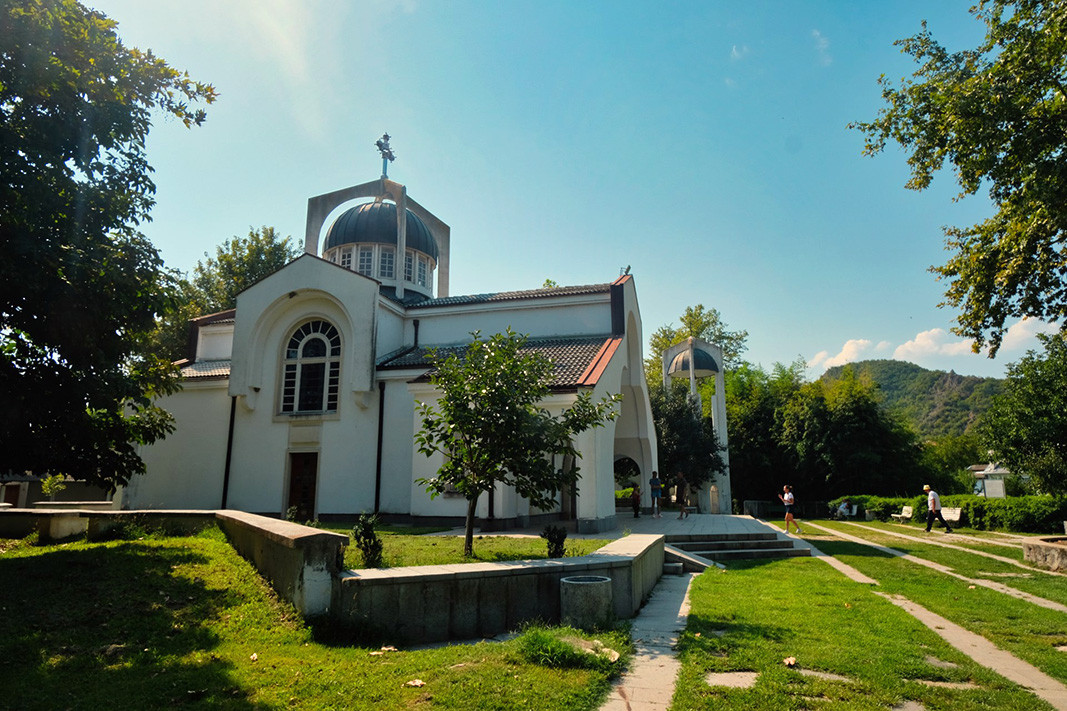
The "St. George" monastery near the village of Gega, which is supposed to have been founded in the 14th century, is another spiritual center, steeped in history and sanctity, located amidst the preserved nature of the Bulgarian Southwest.
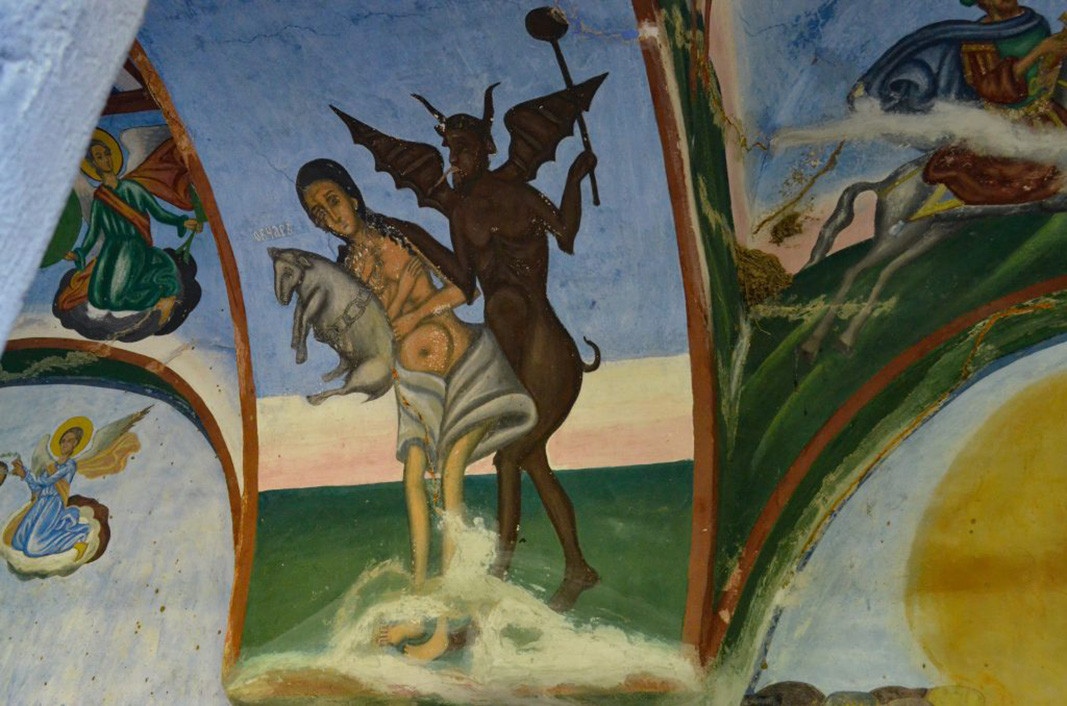
People sometimes call it the Devil's Monastery. See why:
Author: Veneta Nikolova
Publication in English: Al. Markov
Photos: Veneta Nikolova, petrichhistorymuseum.bg
On September 22, 1908, Prince Ferdinand I proclaimed Bulgaria’s independence in a manifesto, formally establishing the Third Bulgarian Kingdom. The location was chosen with care: the Church of the Forty Martyrs in the old capital, Veliko Tarnovo,..
From 16 September, the History Museum in Panagyurishte will be hosting the original Panagyurishte Gold Treasure. The priceless find will be displayed in the museum’s secure vault hall, where it can be seen until October 23. The treasure will be on..
On September 14, the Bulgarian Orthodox Church bows down before the cross on which Jesus Christ was crucified . The Exaltation of the Holy Cross of the Lord or Cross Day is one of the 12 great Christian holidays. It is one of the four days..

+359 2 9336 661
